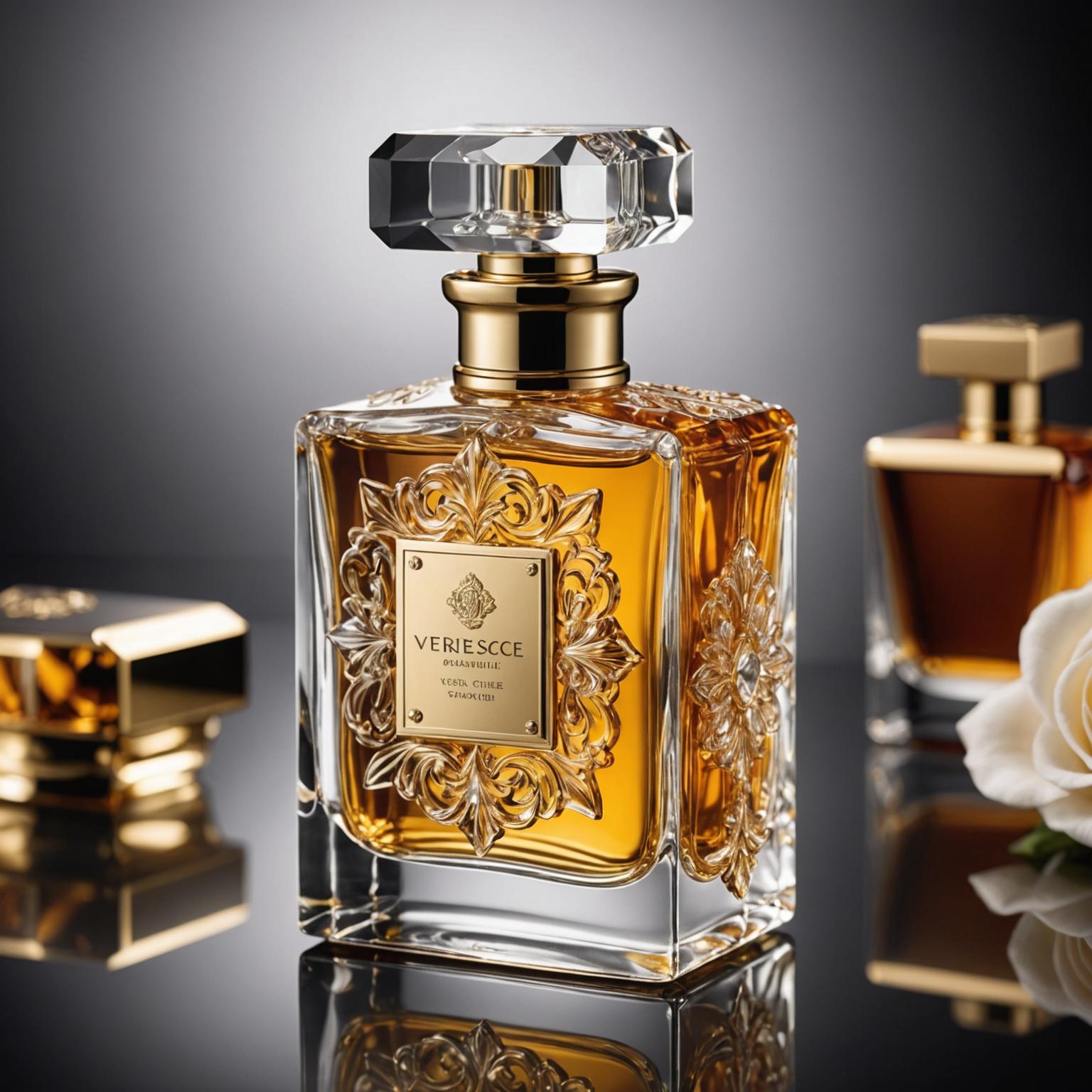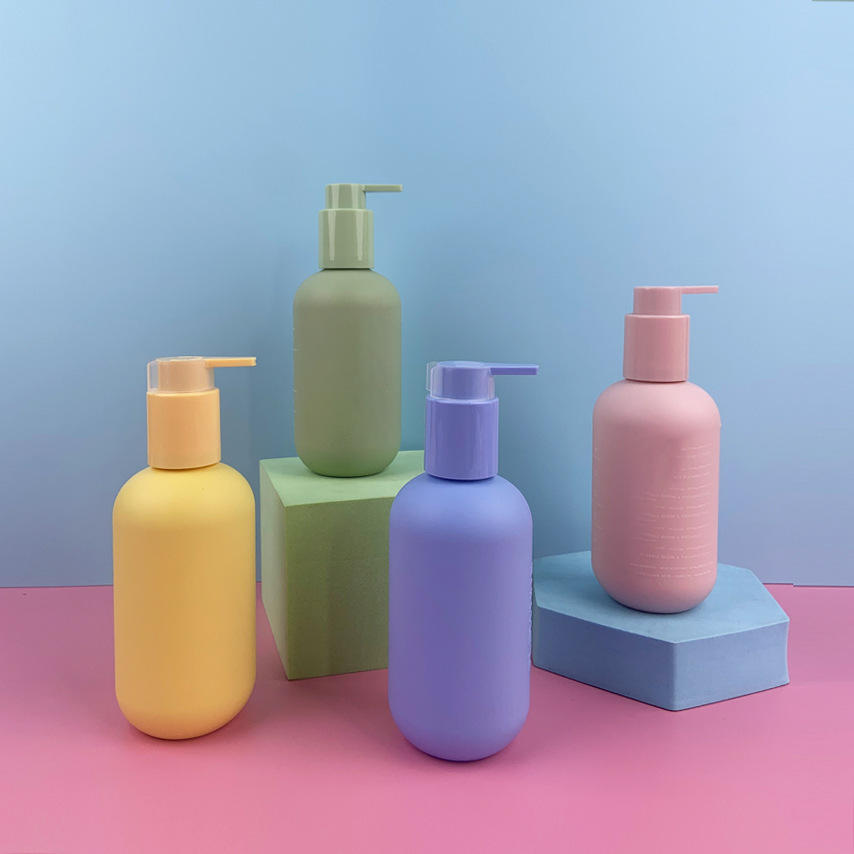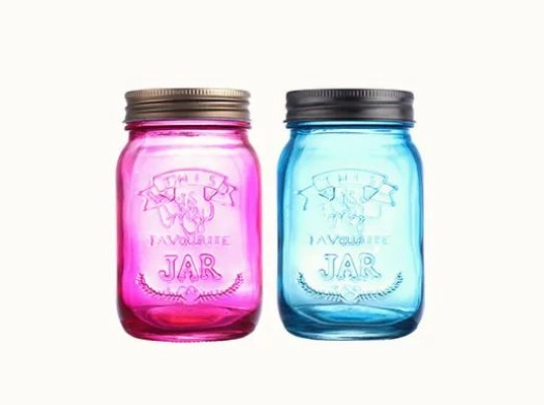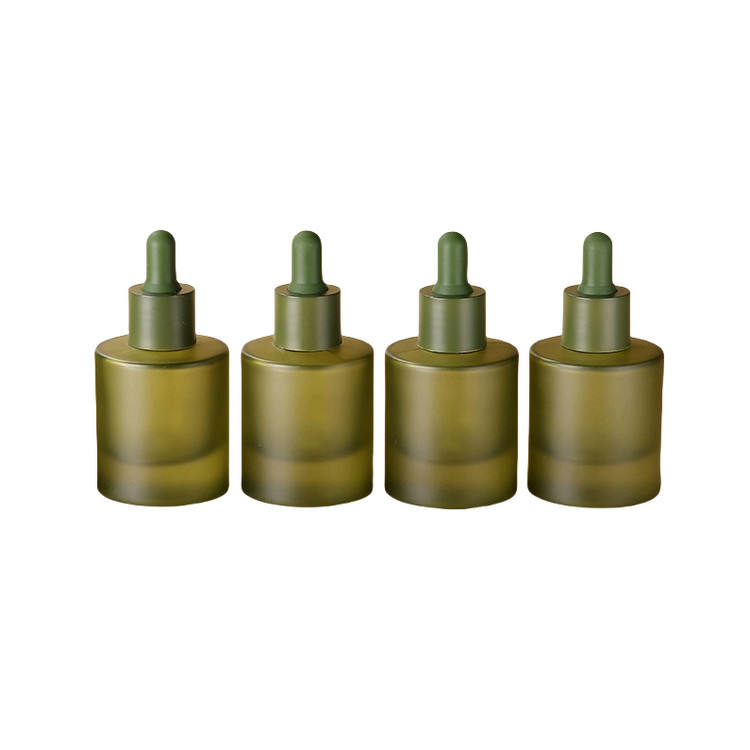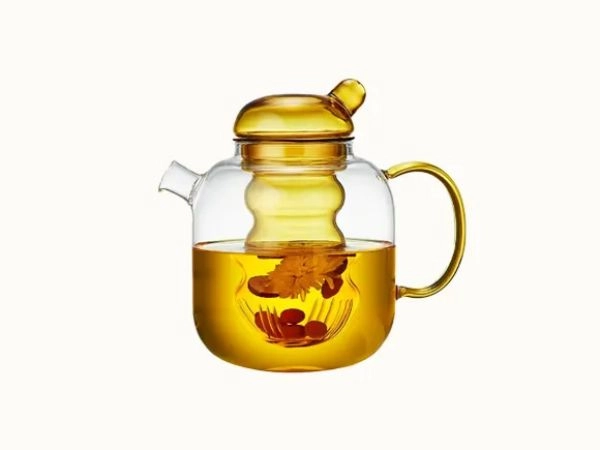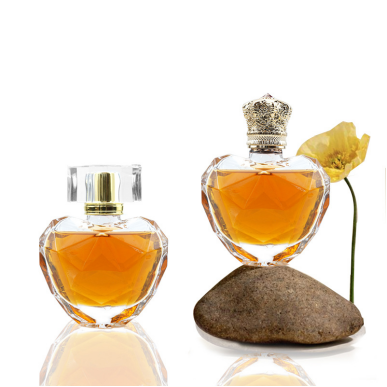In today’s competitive packaging market, custom printing on glass plays a pivotal role in branding, product differentiation, and consumer engagement. Glass packaging offers a premium feel and aesthetic appeal, and the ability to customize it through various printing techniques elevates its value further. At Paupacking, we provide a wide selection of high-qualityGlass Bottlesthat are perfect canvases for diverse custom printing methods. Understanding the different types of glass printing helps brands choose the best technique to suit their design goals, budget, and production scale.
This comprehensive guide explores thetypes of custom printing on glass, detailing the advantages, applications, and considerations of each method. We also highlight how Paupacking’s glass bottles support these printing techniques to deliver exceptional packaging solutions.


1. Screen Printing
Screen printing is one of the oldest and most widely used methods for custom printing on glass. It involves pushing ink through a mesh screen onto the glass surface, with each color requiring a separate screen. This method is highly cost-effective for large production runs and offers excellent durability.
Advantages:
-
Produces vibrant, opaque colors with excellent coverage.
-
Suitable for printing on flat and curved surfaces, including bottles.
-
Can print multiple colors (up to 10 or more) with precise registration.
-
Inks used (enamel or UV-cured) are resistant to wear, chemicals, and washing.
-
Allows printing on both the interior and exterior surfaces of glass bottles.
Applications:
Screen printing is ideal for branding elements such as logos, product names, and decorative patterns on beverage bottles, cosmetic containers, and food jars.
Considerations:
-
Setup costs and time increase with the number of colors.
-
Less cost-effective for small batches or highly detailed multicolor designs.
-
Requires cleaning and maintenance of screens between runs.
Paupacking’s premiumGlass Bottlesare designed with smooth surfaces and consistent dimensions, ensuring excellent screen print adhesion and quality.
2. Digital Printing
Digital printing on glass is a modern technique that works similarly to inkjet printing. It allows direct printing from digital files without the need for screens or plates, offering flexibility and fast turnaround.
Advantages:
-
Ideal for short runs, prototypes, and customized or variable data printing.
-
Supports full-color, high-resolution images with gradients and photographic quality.
-
Enables rapid design changes without additional setup costs.
-
Uses UV-curable inks that dry instantly and bond well to glass.
Applications:
Digital printing suits limited edition products, personalized packaging, and complex graphics that require fine detail and color variation.
Considerations:
-
Ink layer is thinner than screen printing, which may affect opacity on dark glass.
-
Durability can be lower compared to screen or frit printing; protective coatings may be needed.
-
Best for small to medium production volumes.
Paupacking’sGlass Bottlesare compatible with digital printing, enabling brands to create vibrant, customized packaging with quick market responsiveness.
3. Frit Printing
Frit printing is a specialized form of screen printing that uses powdered glass ink (frit) fused onto the glass surface during heat treatment (tempering or annealing).
Advantages:
-
Creates a permanent, scratch-resistant print fused into the glass.
-
Highly durable against abrasion, chemicals, and weathering.
-
Ideal for high-end applications requiring longevity and resistance.
-
Provides a matte or glossy finish depending on the frit composition.
Applications:
Used extensively in automotive glass, architectural panels, and premium glass packaging where durability is critical.
Considerations:
-
Requires heat treatment facilities and is limited to certain types of glass (usually tempered).
-
More expensive and complex than standard screen printing.
-
Color options are limited compared to other methods.
Paupacking’s high-qualityGlass Bottlescan be customized using frit printing to achieve exceptional durability and premium aesthetics.
4. Pad Printing
Pad printing uses a silicone pad to transfer ink from an etched plate onto the glass surface. It allows printing on irregular, curved, or textured surfaces where other methods struggle.
Advantages:
-
Suitable for detailed logos, small text, and intricate designs.
-
Can print on surfaces with complex shapes, edges, and curves.
-
Uses specialized inks that adhere well to glass.
-
Cost-effective for medium to large production runs.
Applications:
Commonly used for cosmetic bottles, pharmaceutical containers, and specialty glassware with unique shapes.
Considerations:
-
Ink durability is generally lower than screen printing; may require protective coatings.
-
Limited color range compared to screen printing.
-
Setup time and plate costs can be significant for small runs.
Paupacking’s diverse range ofGlass Bottlesincludes shapes optimized for pad printing, enabling precise and attractive branding.
5. Foil Stamping
Foil stamping is a decorative printing technique where metallic or pigmented foil is applied to glass using heat and pressure, creating a shiny, reflective finish.
Advantages:
-
Produces luxurious, eye-catching metallic effects not achievable with ink.
-
Enhances brand prestige and shelf impact.
-
Durable and resistant to fading and wear.
-
Can be combined with other printing methods for layered effects.
Applications:
Widely used for premium spirits, perfumes, and luxury food packaging.
Considerations:
-
Requires precise temperature and pressure control.
-
Limited to simple designs and logos due to foil application constraints.
-
Higher cost than basic printing methods.
Paupacking’s elegantGlass Bottlesare ideal substrates for foil stamping, helping brands communicate luxury and exclusivity.
6. Spray Coating
Spray coating involves applying a colored or textured coating onto the glass surface, often followed by printing or embossing.
Advantages:
-
Provides uniform color coverage over the entire bottle.
-
Can create opaque, frosted, or textured finishes.
-
Enhances light protection for sensitive products.
-
Compatible with subsequent printing or labeling.
Applications:
Used for cosmetic bottles, food containers, and specialty beverages requiring unique finishes.
Considerations:
-
Coatings can chip or wear over time if not properly cured.
-
Adds weight and cost to the packaging.
-
Requires specialized equipment for consistent application.
Paupacking’sGlass Bottlescan be customized with spray coatings to meet specific brand aesthetics and functional needs.
7. Acid Etching and Sandblasting
Acid etching and sandblasting are techniques that create frosted or textured effects on glass by chemically or mechanically abrading the surface.
Advantages:
-
Produces a premium matte finish with a tactile feel.
-
Enhances grip and visual appeal.
-
Can be combined with printed logos or designs.
-
Permanent and resistant to wear.
Applications:
Popular in luxury packaging, perfume bottles, and decorative glassware.
Considerations:
-
Not a printing method per se but often combined with printing.
-
Limited color options; usually monochrome frosted effect.
-
Requires careful handling to avoid damage.
Paupacking offersGlass Bottlessuitable for acid etching and sandblasting, allowing brands to add sophisticated textures.
8. UV Printing
UV printing uses ultraviolet light to cure inks instantly on the glass surface, enabling high-resolution, full-color designs.
Advantages:
-
Quick drying and curing process.
-
Supports complex, multicolor, photographic-quality images.
-
Environmentally friendly with low volatile organic compounds (VOCs).
-
Can print on irregular shapes and multiple surfaces.
Applications:
Ideal for promotional bottles, limited editions, and vibrant brand storytelling.
Considerations:
-
Ink thickness is thinner than screen printing; may require multiple layers.
-
Durability can vary; protective coatings may enhance longevity.
-
Equipment costs are higher than traditional printing.
Paupacking’sGlass Bottlesare compatible with UV printing, enabling brands to produce colorful, detailed packaging.
9. Digital Ceramic Printing (High-Fire Printing)
Digital ceramic printing combines digital printing technology with ceramic inks that fuse with glass during high-temperature firing.
Advantages:
-
Creates durable, scratch-resistant prints permanently bonded to glass.
-
Supports complex, full-color designs with excellent detail.
-
Ideal for heat-resistant glassware and bottles.
Applications:
Used in high-end beverage bottles, decorative glass, and industrial glass products.
Considerations:
-
Requires specialized kiln firing.
-
Higher cost and longer production time.
-
Limited to certain glass types and thicknesses.
Paupacking’s premiumGlass Bottlescan be customized using digital ceramic printing for lasting, vibrant designs.
10. Labeling and Sleeve Printing
While not direct printing on glass, labeling and shrink sleeve printing are complementary techniques widely used in glass packaging.
Advantages:
-
Allows full-color, photographic-quality graphics.
-
Can cover complex bottle shapes and large surface areas.
-
Flexible for short runs and frequent design changes.
Applications:
Common in beverage, food, and cosmetic industries.
Considerations:
-
Labels can peel or fade if not properly applied.
-
Adds material waste compared to direct printing.
Paupacking’sGlass Bottlesare designed to accommodate various labeling options, enhancing branding flexibility.
Summary Table: Types of Custom Printing on Glass
| Printing Method | Key Features | Advantages | Ideal Applications |
|---|---|---|---|
| Screen Printing | Mesh screen, enamel or UV inks | Durable, vibrant colors, cost-effective for large runs | Beverage bottles, food jars, cosmetics |
| Digital Printing | Inkjet-like, direct from digital files | Full color, flexible, quick turnaround | Limited editions, personalized packaging |
| Frit Printing | Powdered glass ink fused during heat treatment | Scratch-resistant, permanent | Premium glassware, automotive glass |
| Pad Printing | Silicone pad transfers ink to curved surfaces | Detailed logos, works on irregular shapes | Cosmetics, pharma, specialty bottles |
| Foil Stamping | Metallic foil applied with heat and pressure | Luxurious metallic finish | Luxury spirits, perfumes |
| Spray Coating | Colored or textured coatings | Uniform coverage, light protection | Cosmetics, specialty beverages |
| Acid Etching/Sandblasting | Surface abrasion for frosted effect | Premium matte finish, tactile | Luxury packaging, decorative glass |
| UV Printing | UV-cured inks, fast drying | High-resolution, environmentally friendly | Promotional bottles, vibrant designs |
| Digital Ceramic Printing | Ceramic inks fused with glass at high temperature | Durable, full-color, heat-resistant | High-end bottles, decorative glass |
| Labeling & Sleeve Printing | Adhesive or shrink sleeves | Photographic quality, flexible design | Mass-market beverages, cosmetics |
Conclusion
Custom printing on glass is a powerful tool for brands seeking to elevate their packaging and connect with consumers. Each printing method offers unique benefits, from the durability of screen and frit printing to the flexibility of digital and UV printing. Paupacking’s extensive range of high-qualityGlass Bottlesis compatible with all these printing techniques, providing a versatile platform for creative and effective branding.
By understanding the strengths and limitations of each printing type, brands can select the optimal solution that balances aesthetics, durability, cost, and production volume. Paupacking is committed to supporting your packaging vision with expert guidance and premium glass bottles that bring your designs to life.
Explore Paupacking’s collection today and discover how custom printing can transform your glass packaging into a compelling brand statement.














